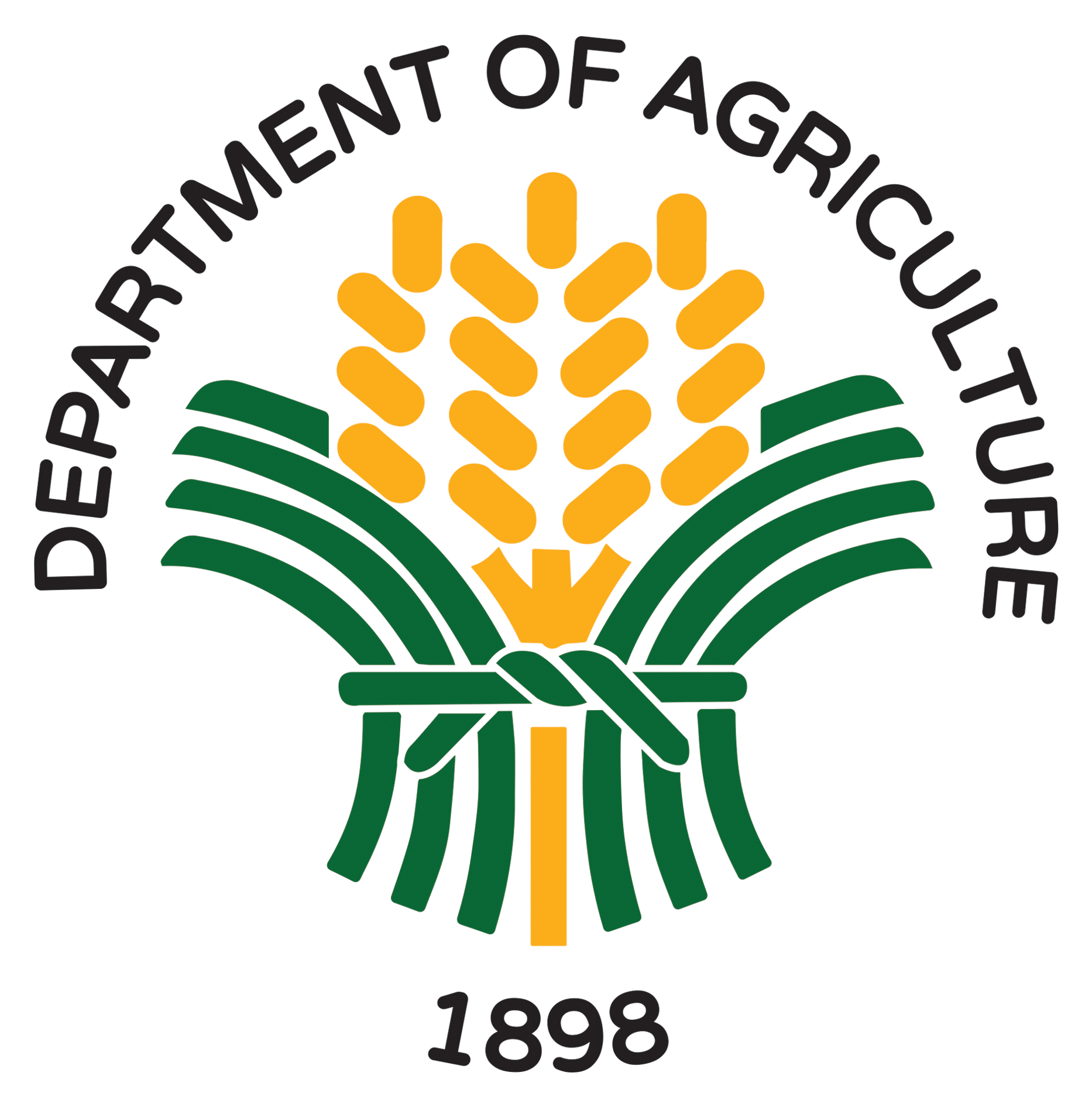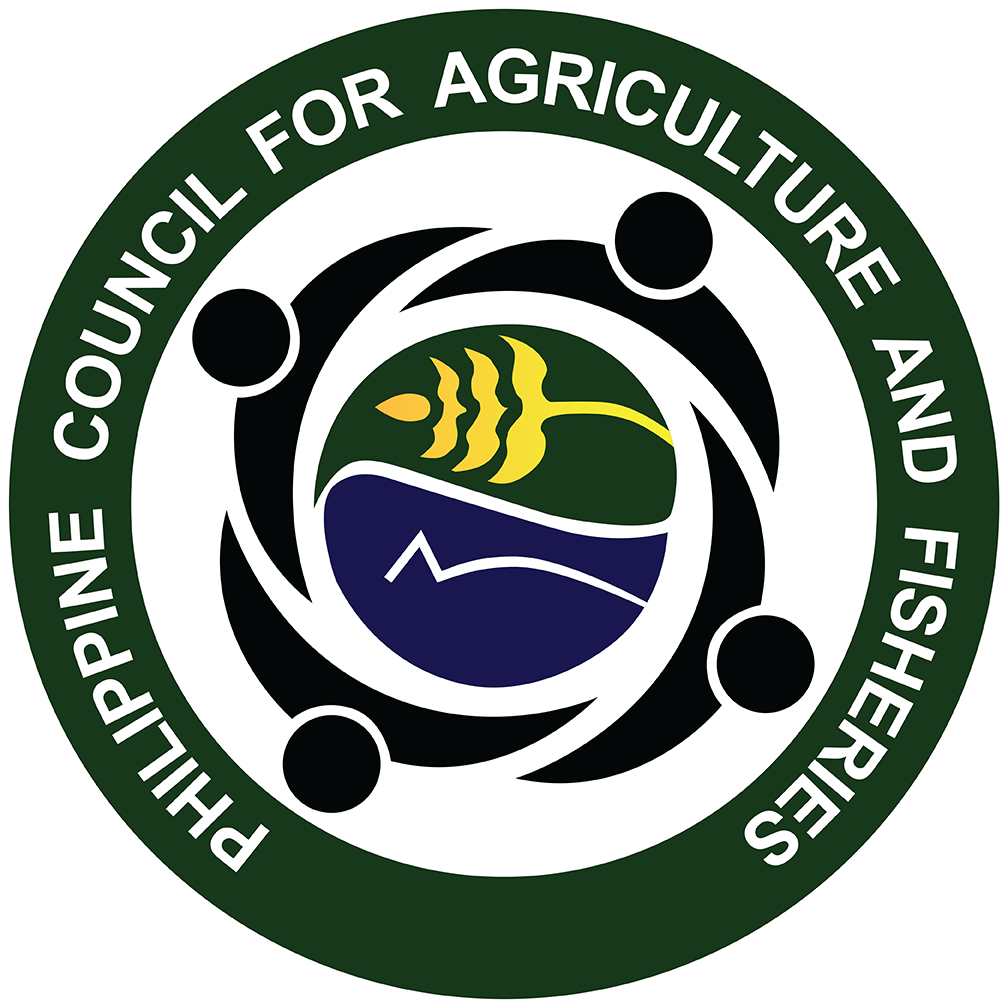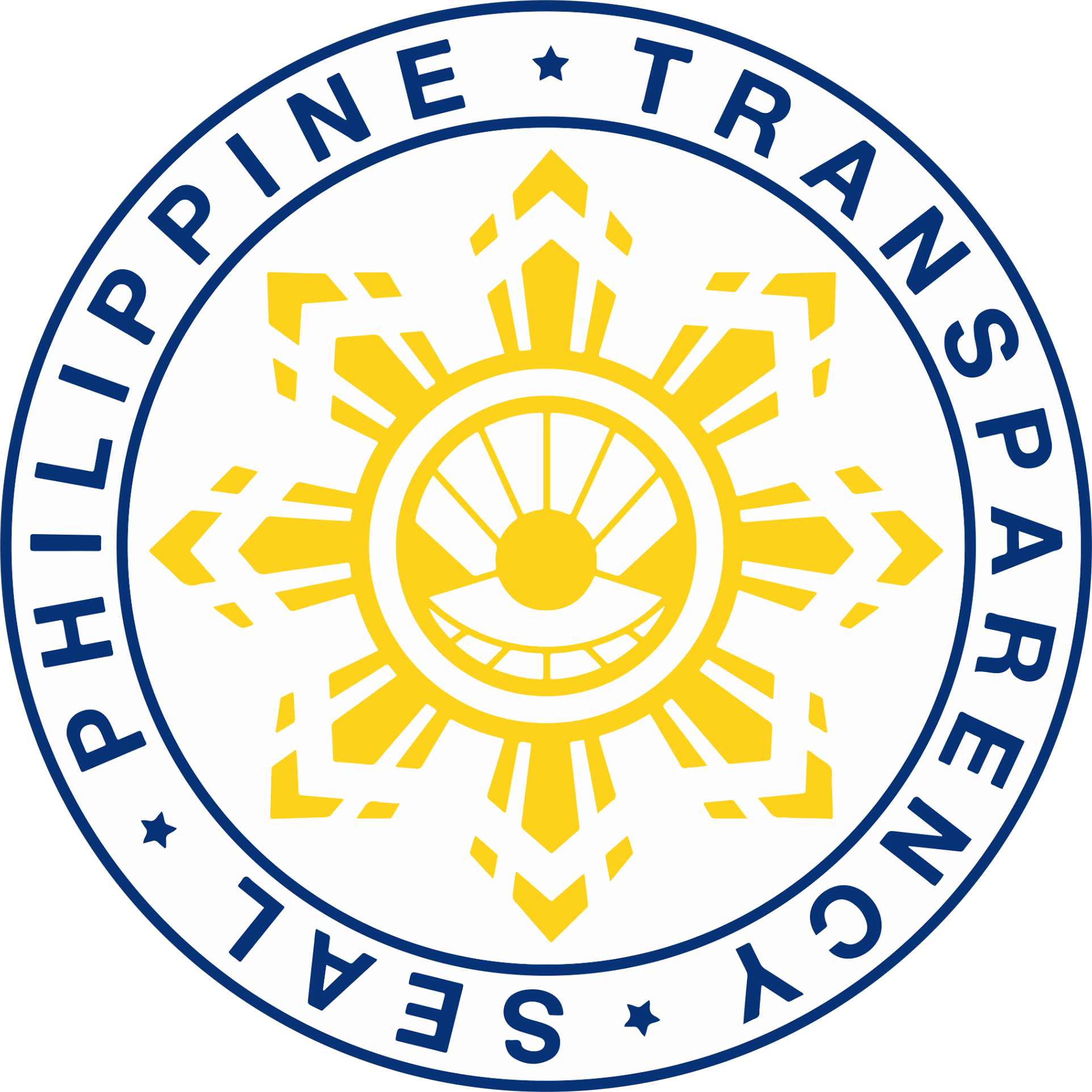
Rice-related government agencies presented their first semester Fiscal Year 2022 Physical Accomplishments and Financial Performances to the National Banner Program Committee (NBPC) on Rice on August 16, 2022.
This initiative is in line with promoting inclusiveness and transparency in the budgeting and program implementation processes of the Department of Agriculture and its attached agencies, bureaus, and corporations.
According to the National Rice Program (NRP), 93% or PhP13.3 billion out of its PhP14.2-billion annual budget expenditure target had already been obligated. The budget was obligated for seed distribution, farmer training, model farms and learning sites establishments, and agriculture and fisheries machinery distribution, among others.
For the first semester, NRP provided 625,170 hectares with high-quality seeds and procured 243 units of production-related machinery such as four-wheel drive tractors, floating tillers, precision seeders, and rice combine harvesters.
On the other hand, the Rice Competitiveness Enhancement Fund (RCEF) Program updated the Committee that it obligated almost 30% or PhP2.9 billion out of its PhP10-billion annual allocation for RCEF’s four components—mechanization, seed, credit, and extension. Its separate PhP8.9-billion budget for the Rice Farmers Financial Assistance Program was already 100% obligated.
As of June 30, 2022, more than 1.3 million bags containing 20 kilograms of seeds were distributed among 546,405 farmer beneficiaries under RCEF.
Meanwhile, the Philippine Rice Research Institute (PhilRice) has carried out 62 research projects from its annual target of 68. In terms of financial performance, PhilRice reported that 54% or PhP2 billion out of its PhP3.7-billion annual allocation was obligated for the research and development of rice technologies, support to operations, and general administration and support. | JCL











